Riparian Ecosystem Restoration and Management, Tempe, Arizona

Interpretative poster positioned in the field for public view while giving tours in 2016.

One of several documents submitted to ADWR to secure a twenty year water supply grant in 2004.
Part of the ADWR grant required all the Salt Cedar be eradicated from the habitat. Under my direction I surveyed all the SC and passed on the sketches to a LA Urban Graphite to develop a record site plan and bid document to obtain competitive pricing. The eradication work was awarded to the Groundskeeper. Pre and post “Cut Stump Treatment” was coordinated with Weed Control Services on a as needed bases. See Weed Control section for more information.
Before
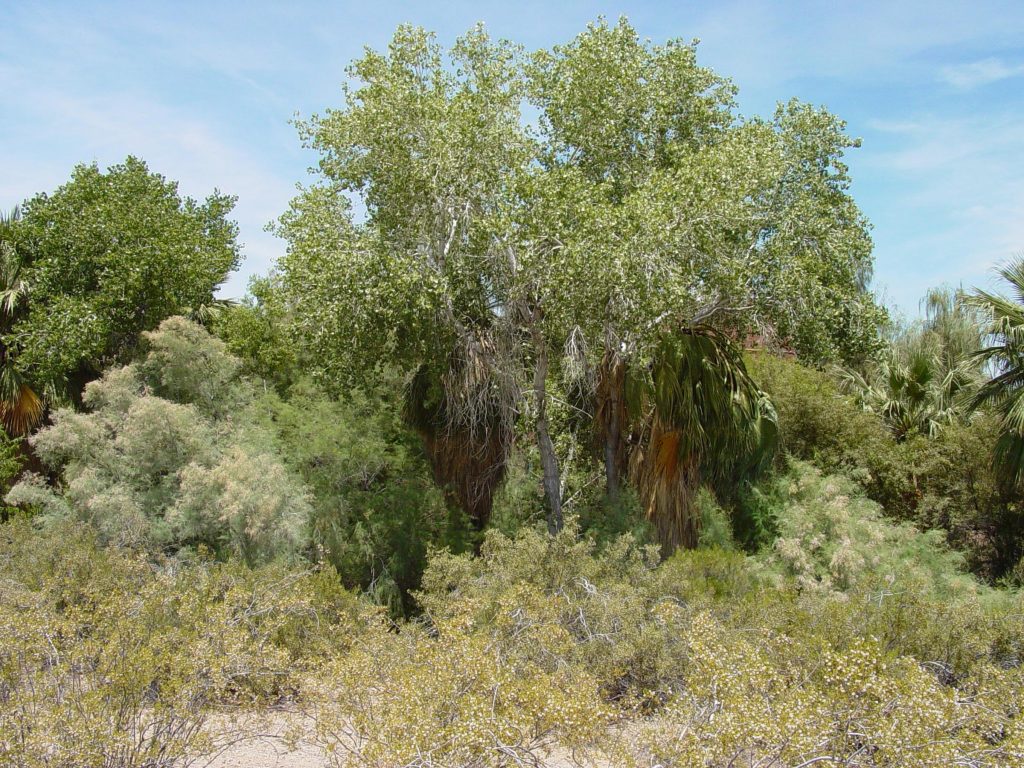
After
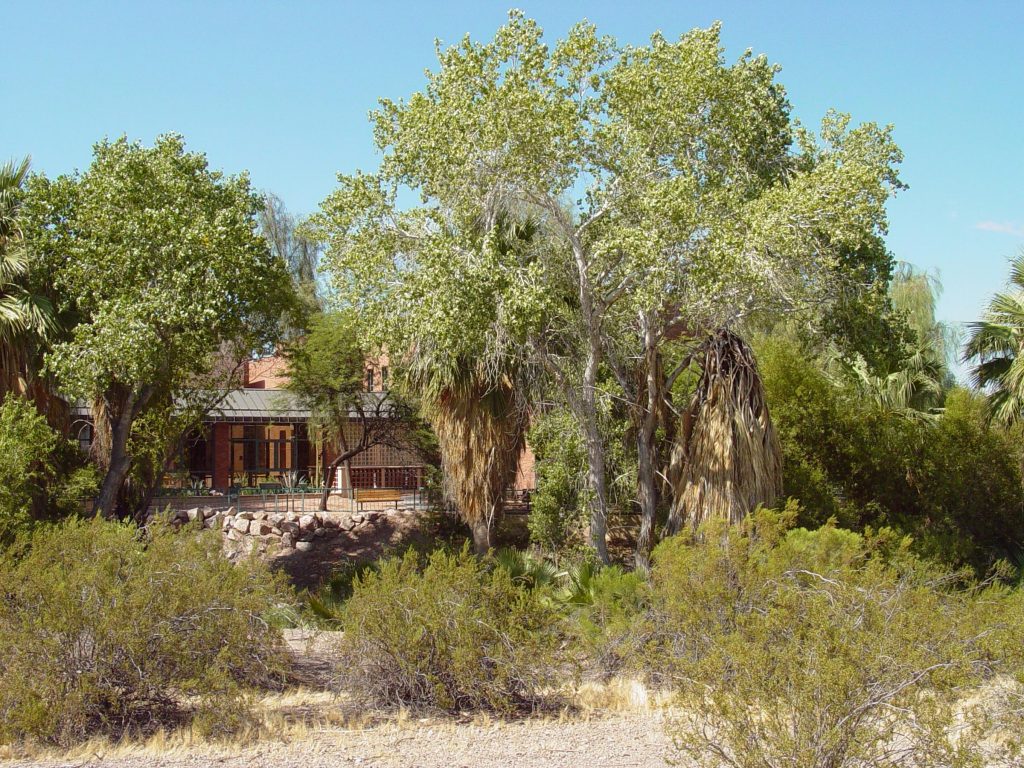
After Salt Cedar eradication in 2002. Photo RBond
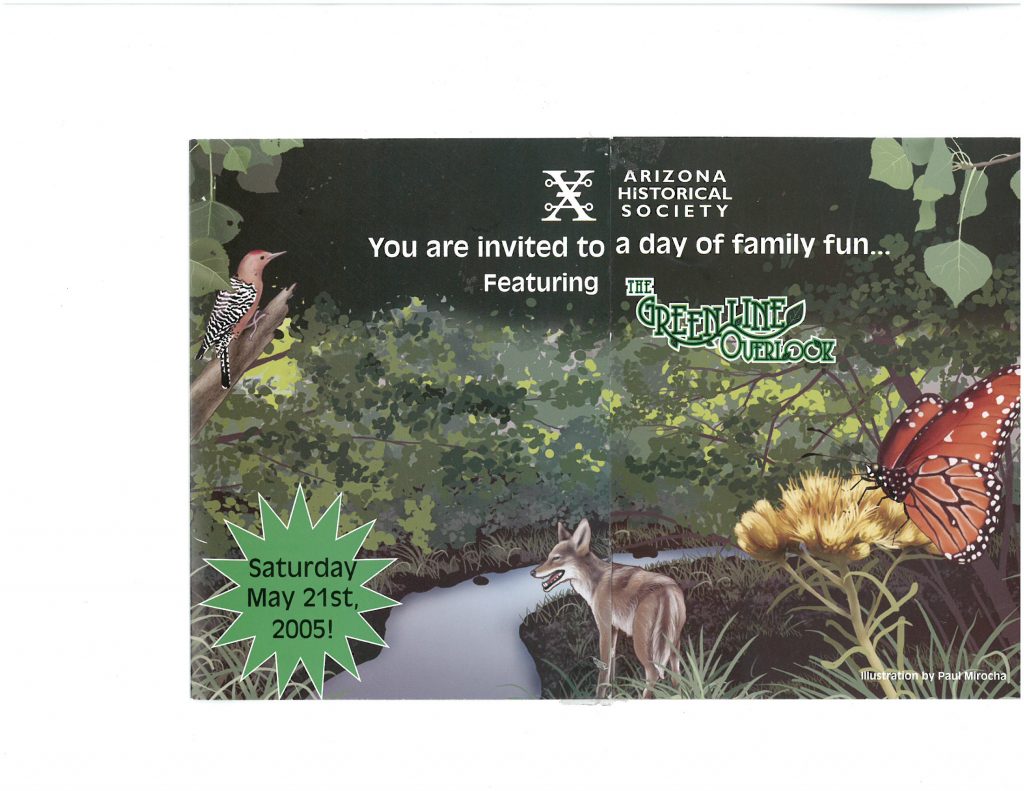
Grand opening of Green line interpretative over look funded by the ADWR grant.
Before
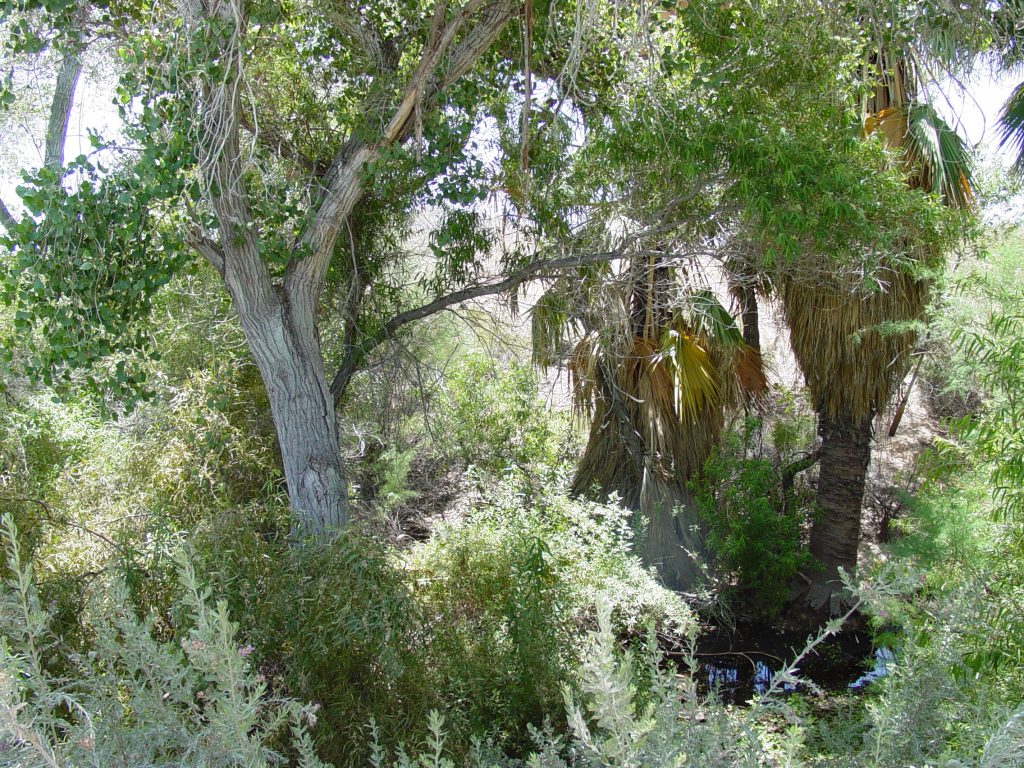
After
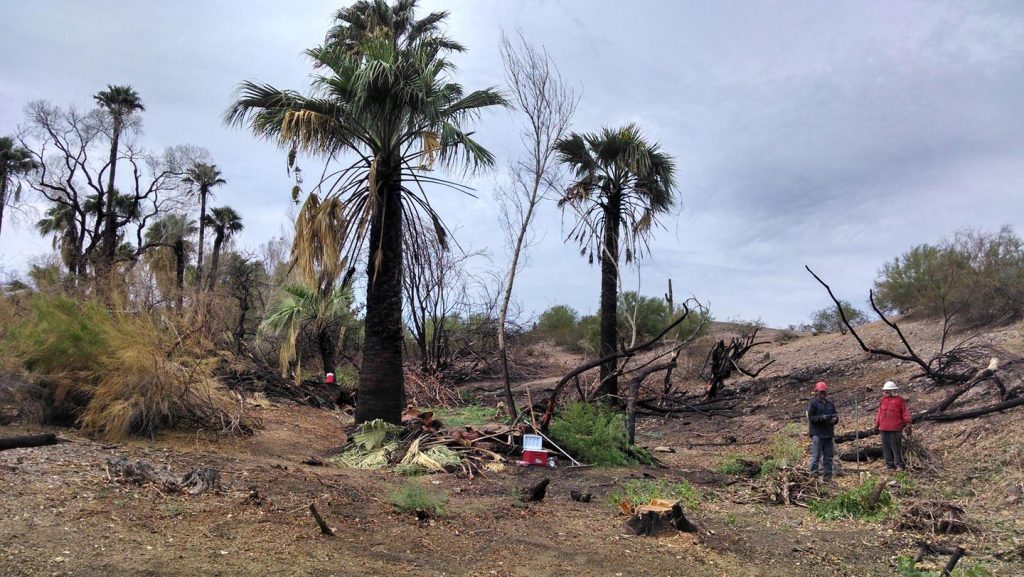
On June 15th, 2015 a fire set by an arsonist destroyed a major old growth section of the greenline. Photo RBond
https://www.azcentral.com/story/news/local/tempe/2017/06/16/tempe-homeless-camp-fire-damaged-arizona-historical-society-museum/400175001/
Fire hazard reduction and replanting measures were implemented that summer.
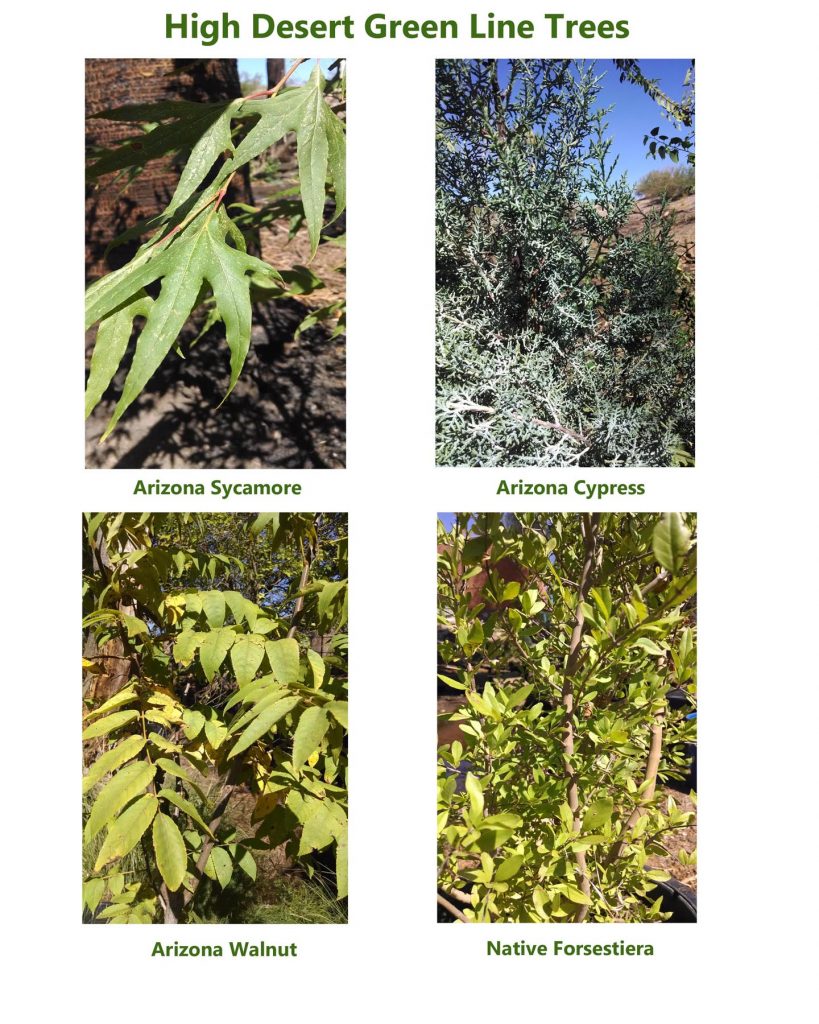
Information poster on replanting new trees at a upper section replicating an upper Sonoran Desert riparian habitat. Photos RBond
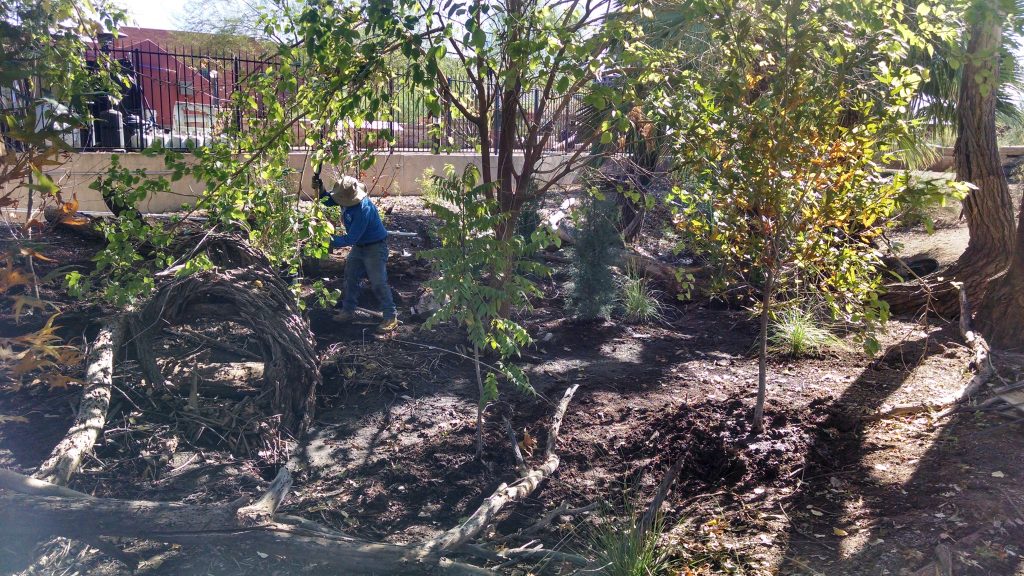
Replanting high desert riparian trees and shrubs in the burn area, 2016. Photo RBond
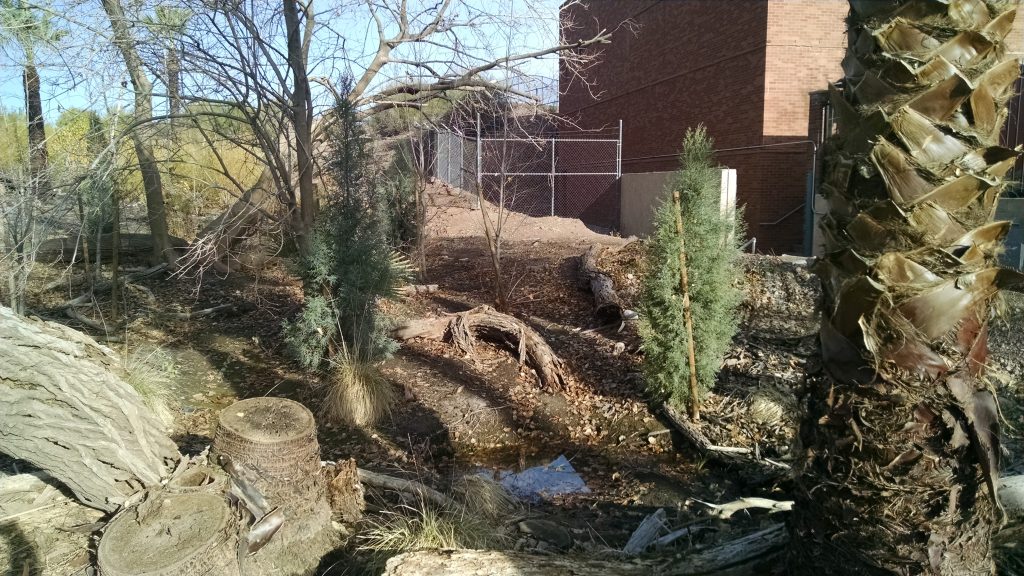
Replanting high desert riparian trees and shrubs in the burn area, 2016. Photo RBond
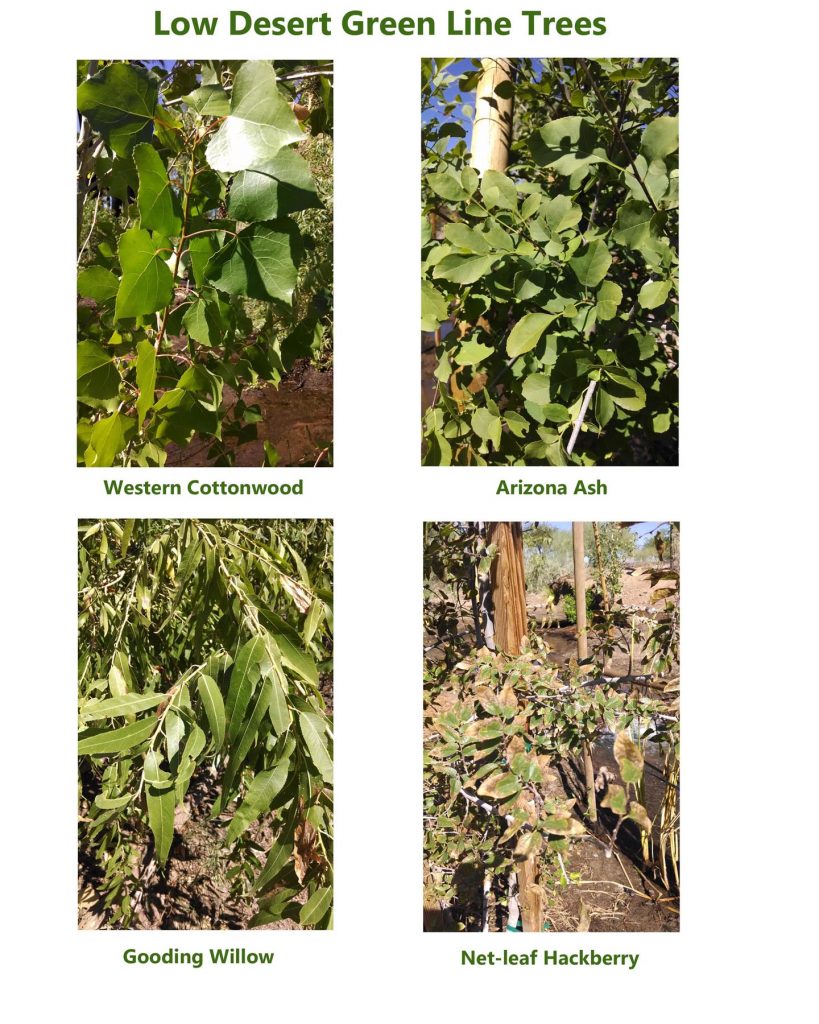
Information poster on replanting new trees in a lower section replicating a lower Sonoran Desert riparian habitat. Photos RBond
Before
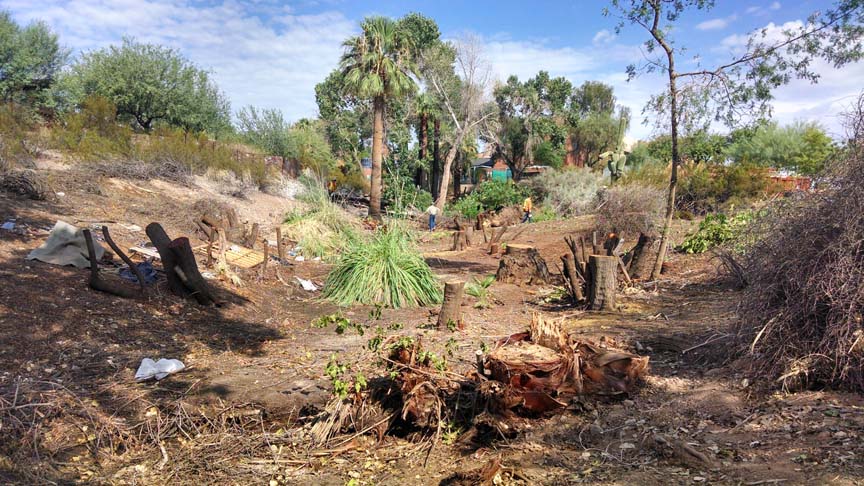
African Sumac, Mulberry and Pampus grass were removed to make way for native riparian trees and shrubs. Photo RBond
The eradication of all invasive species below the fire area took place simultaneously with the fire hazard abatement. This area was heavily used by urban campers so a radical clean up was necessary.
Before

The layout of the new flow channel and trail. Photo RBond
After

New plantings 2016 by Troop 7, Bethany Home Church, Mesa, include Bull Rush (Juncus sp., Scirpus sp.) and Cat Tails (Typha sp.). Photo RBond
After
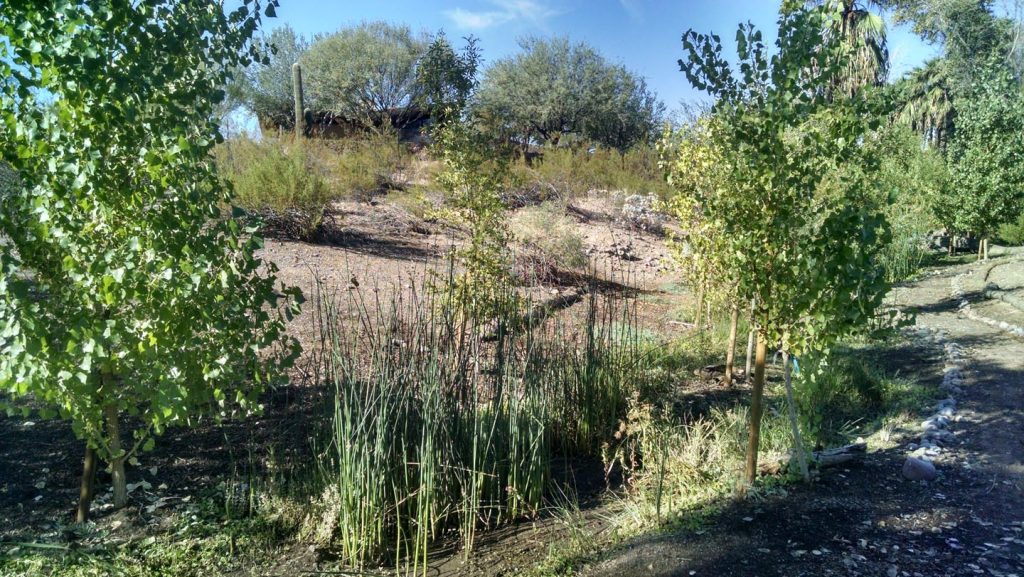
Summer 2017, approximately 230 GPM are delivered on a carefully managed pumping system not to exceed 40 – 50 acre feet annually as prescribed by the ADWR Grant. Photo RBond
